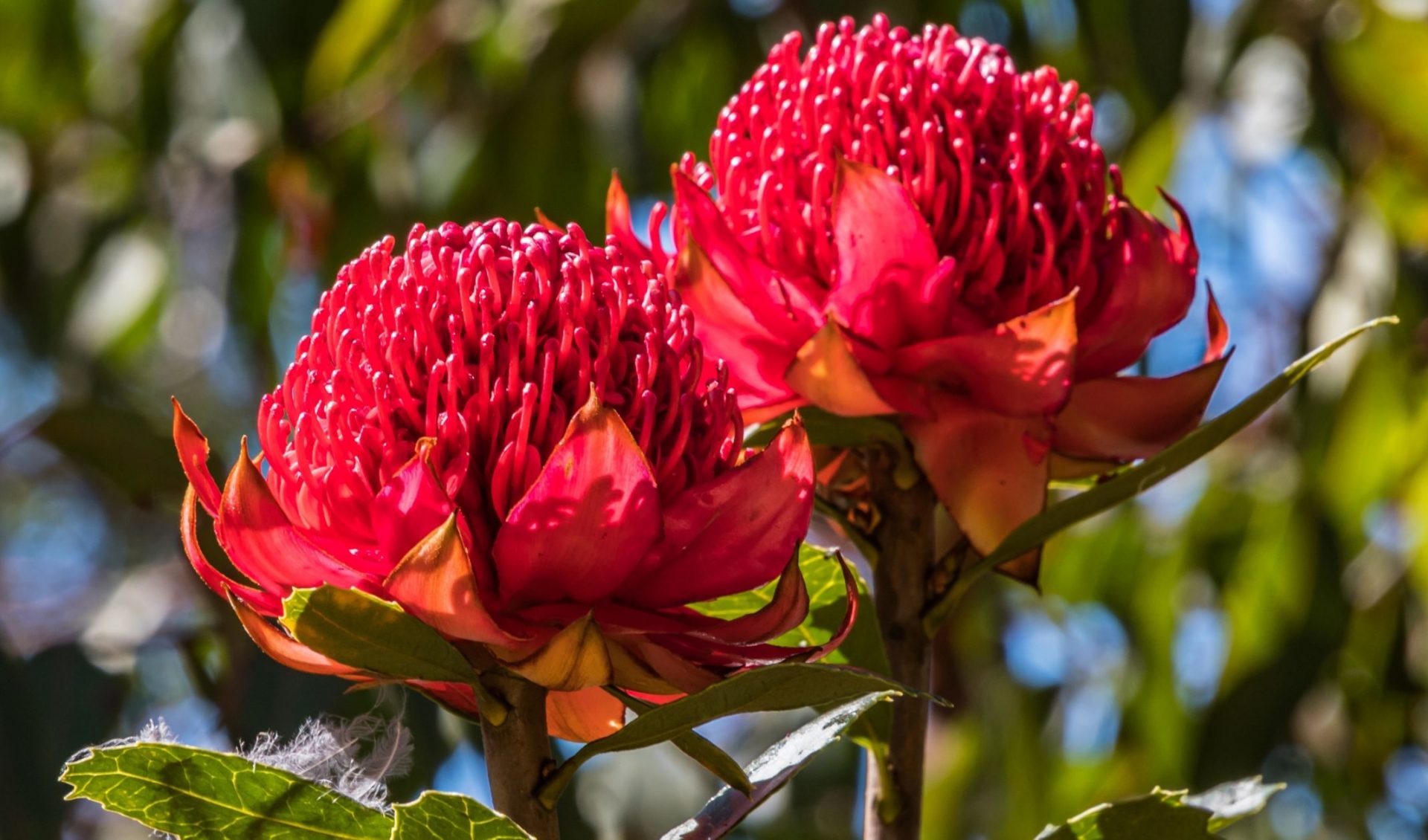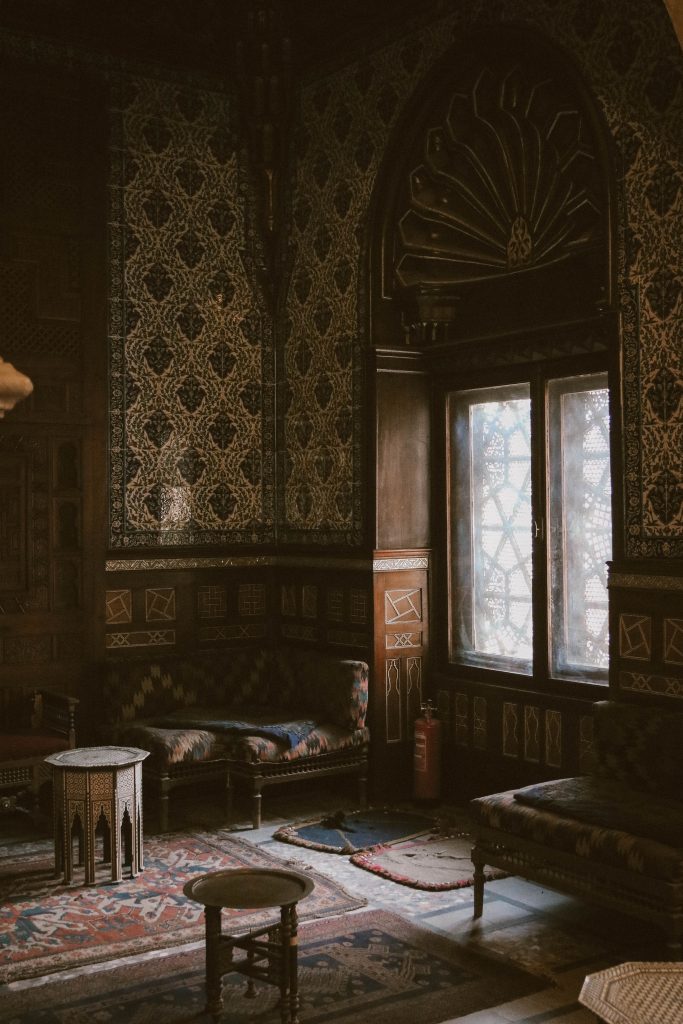Australia as a continent and a nation is home to a wide variety of unique flora and fauna. A vast number of Australia’s flora and fauna is endemic to the land called “Down Under”. Australia’s landscape is vast as well and maybe that might be a factor in why Australia has such a vast range of flora and fauna. One such flora that is endemic to Australia is the Waratah.
The Waratah is a beautiful bush flower that is found in the East and South-Eastern parts of Australia. It grows up to 3m in height, and although it looks like one flower, it comprises many flowers that form one head that is 6-15cm in diameter.
It’s found in the Eastern state of New South Wales, and in Victoria and Tasmania. The Waratah is the emblem of New South Wales. At one stage, the Waratah was in consideration for the national floral emblem of Australia, however, that title went to the Wattle.
There are five different Waratahs in the Australian wildlife, including the NSW Waratah, Gibraltar Range Waratah, the Monga Waratah, the Victorian Waratah, and the Tasmanian Waratah. The NSW and Monga Waratahs have three types of hybrids including, Braidwood Brilliant, Corroboree, and Erinundra White.
NSW Waratah has a white variation called the Wirrimbirra White, but it’s challenging to cultivate. The difficulty in cultivating the white variation of the NSW Waratah means it’s difficult to reproduce. It also makes the white variation of an NSW Waratah a rare variation of the Waratah.
 In terms of soil, climate, light, and growing conditions, like other flora, the Waratah requires certain factors for it to grow. Soil-wise, the Waratah requires well-drained soils. Soils of a sandy and acidic earth nature are ideal for the Waratah’s growth.
In terms of soil, climate, light, and growing conditions, like other flora, the Waratah requires certain factors for it to grow. Soil-wise, the Waratah requires well-drained soils. Soils of a sandy and acidic earth nature are ideal for the Waratah’s growth.The Waratah prefers partial shade in the morning, but it does also grow with a full sun around. However, it is best to have waratahs in a place where it’s not exposed to the harmful afternoon sunlight rays. Also, avoid planting them near any eucalyptus plants as they are not ideal companion plants. It grows best in moderate and temperate climates as they endure frost well.
The Waratah is a beautiful Australian flora that has a unique history and the indigenous Australians used it as medication, and have it in their artwork. European settlers also have artworks, in particular, paintings of the Waratah depicted in it. The Waratah is a lovely-looking plant that has distinct features.
Author Neel

